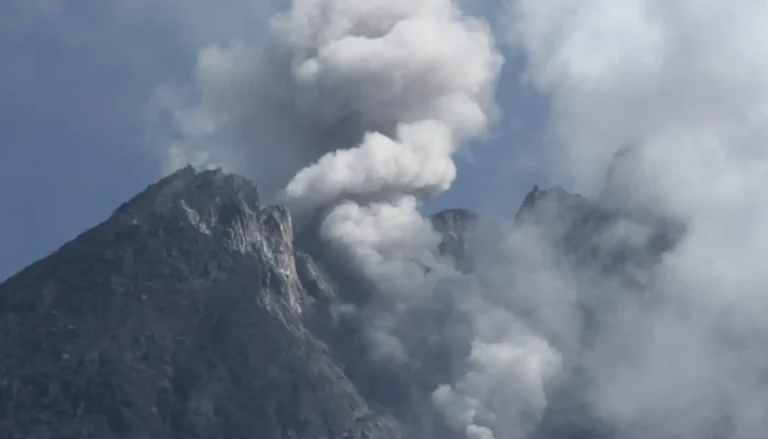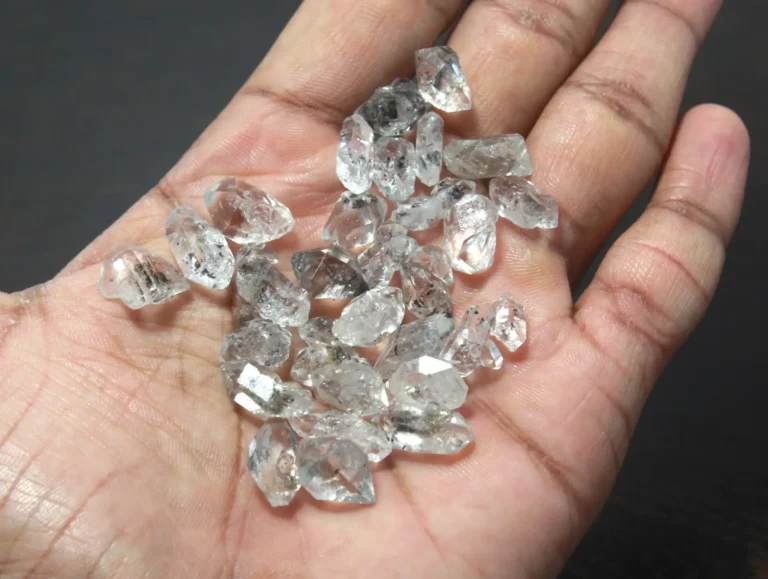
Understanding the Process of Carbon Release from the Earth’s Mantle
The Earth’s carbon cycle is a complex and dynamic system that influences the planet’s atmosphere, climate, and geological processes. While much of the focus tends to be on the carbon emissions from human activities, there is another critical source of carbon that originates deep within the Earth: the mantle. Understanding













